Consortium
The Consortium consists of 17 full institute partners and 9 minor participants, some contributing to the hardware development, others to the software development, and almost all to the science case development. Their roles are summarised below.
Full consortium partners
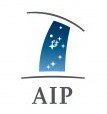
|
Leibniz-Institut für Astrophysik Potsdam (AIP) As lead institute of the consortium, AIP hosts the Principle Investigator, the Chair of the Executive Board, and the Project Management Office. The AIP is responsible for all aspects related to the VISTA telescope: the wide-field corrector, the acquisition guiding, the wave-front sensor, and the telescope commissioning tool. Furthermore, the AIP contributes to the fibre-positioner and its metrology system, and develops the fibre feed. Finally, the AIP leads the Assembly, Integration, and Verification of the full system. |

|
Australian Astronomical Optics (AAO) AAO is responsible for the fibre positioner unit AESOP. |
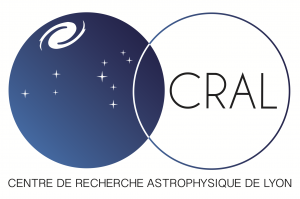
|
Centre de Recherche Astrophysique de Lyon (CRAL) CRAL is responsible for the low-resolution spectrographs. |

|
Durham University, Department of Physics (Durham) Durham University contributes to the optical fibre system of the Calibration System. |
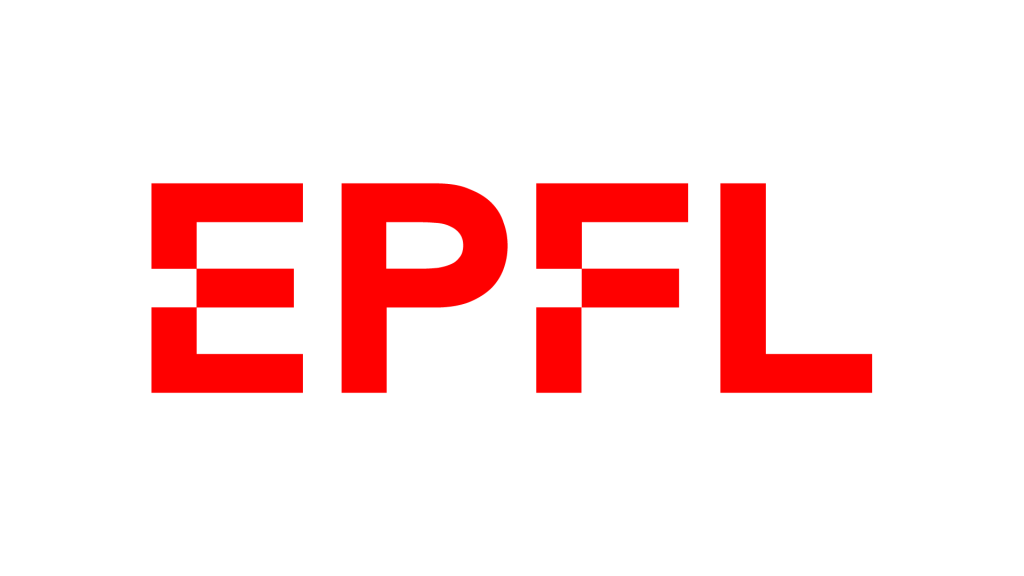
|
École polytechnique fédérale de Lausanne (EPFL) EPFL is a pure science-support institute. |
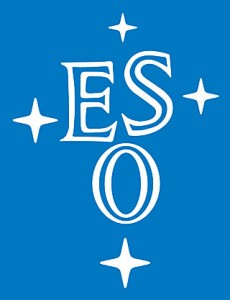
|
European Southern Observatory (ESO) ESO develops and contributes the detector system of 4MOST. |
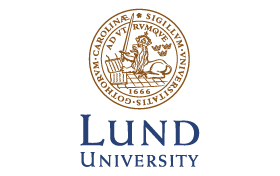
|
Lunds universitet (LU), Lund Observatory LU is a pure science-support institute. |
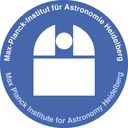
|
Max-Planck-Institut für Astronomie (MPIA) MPIA is responsible for the instrument control hardware. |
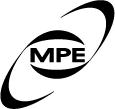
|
Max-Planck-Institut für extraterrestrische Physik (MPE) MPE is responsible for developing the facility simulator: the throughput simulator and ETC, the target-allocation algorithm and the operations simulator. MPE is also responsible for developing and, during operations, hosting the operations system that includes the observer support software. |
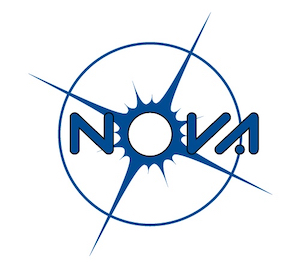
|
Nederlandse Onderzoekschool Voor Astronomie (NOVA) NOVA is responsible for developing the calibration system. In addition, NOVA, in collaboration with RAL, developed a concept for the low-resolution spectrograph during the Conceptual Design Phase. |

|
Rijksunversiteit Groningen (RuG), Kapteyn Astronomical Institute RuG is a pure science-support institute. |
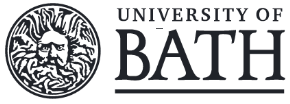
|
University of Bath, Department of Physics (Bath) Bath is a pure science-support institute. |

|
University of Cambridge, Institute of Astronomy (IoA) IoA is responsible for the data management system. |
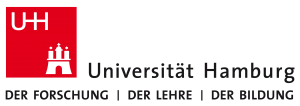
|
Universität Hamburg (UHH), Hamburger Sternwarte UHH is responsible for the helpdesk and contributes to software development. |
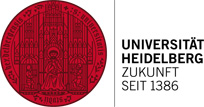
|
Universität Heidelberg, Zentrum für Astronomie (ZAH) The Landessternwarte (ZAH/LSW) is responsible for the high-resolution spectrograph and the instrument control software. The Astronomisches Rechen-Institut (ZAH/ARI) is a pure science-support institute. |
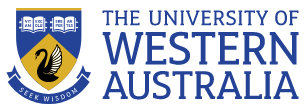
|
University of Western Australia (UWA), International Centre for Radio Astronomy Research (ICRAR) UWA/ICRAR is a pure science-support institute. |
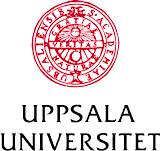
|
Uppsala unversitet (UU), Department of Physics and Astronomy UU is a pure science-support institute. |
Minor participants
Selected members of the following institutes are also 4MOST Consortium members.

|
Georg-August-Universität Göttingen (UG) UG contributes to the installation frameworks for the spectrographs. |

|
L'Observatoire de Paris, Laboratory for Instrumentation and Research in Astrophysics (LIRA) LIRA is now a pure science-support institute, but developed a concept for 4MOST's high-resolution spectrograph during the Conceptual Design Phase. |

|
Laboratoire des Matériaux Avancés (IN2P3/LMA) LMA provides the coatings for the spectrograph dichroics. |

|
Max-Planck-Institut für Radioastronomie (MPIfR)) MPIfR is a pure science-support institute. |

|
University College London, Department of Physics and Astronomy (UCL) UCL performs the integration, alignment, and testing of the Wide Field Corrector. |
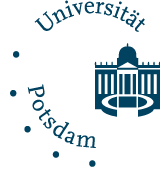
|
Universität Potsdam, Institut für Physik und Astronomie Universität Potsdam is a pure science-support institute. |
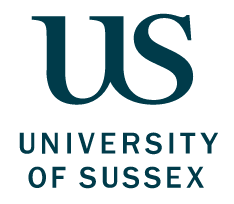
|
University of Sussex, Astronomy Centre, Department of Physics & Astronomy University of Sussex is a pure science-support institute. |

|
University of Tartu, Tartu Observatory University of Tartu is a pure science-support institute. |

|
University of Warwick, Department of Physics University of Warwick is a pure science-support institute. |

|
Transients Participation Group
This is a pure science-support group, with support from Lancaster University, University of Portsmouth, University of Southampton, and Queen’s University Belfast. |

| |

| |
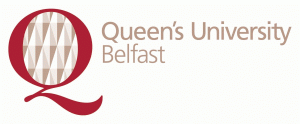
|